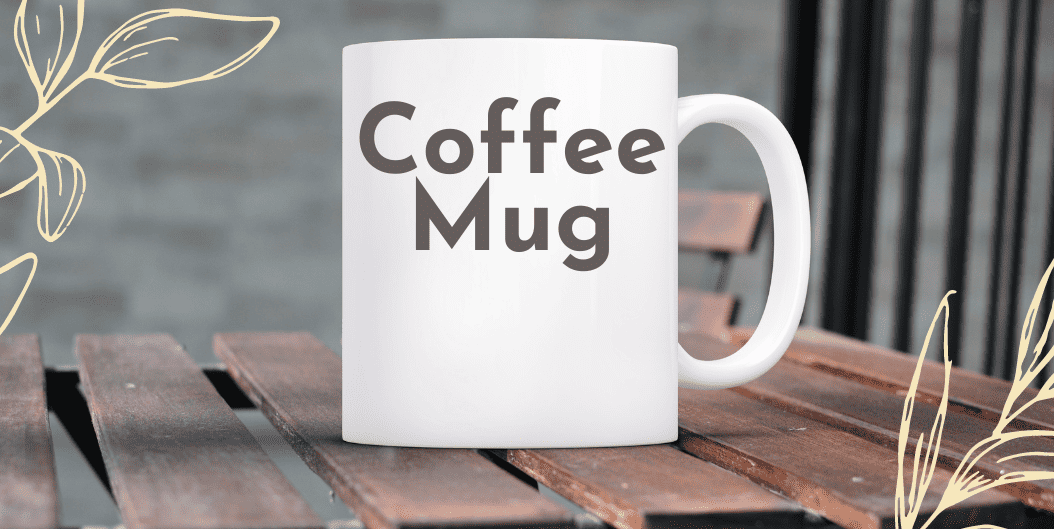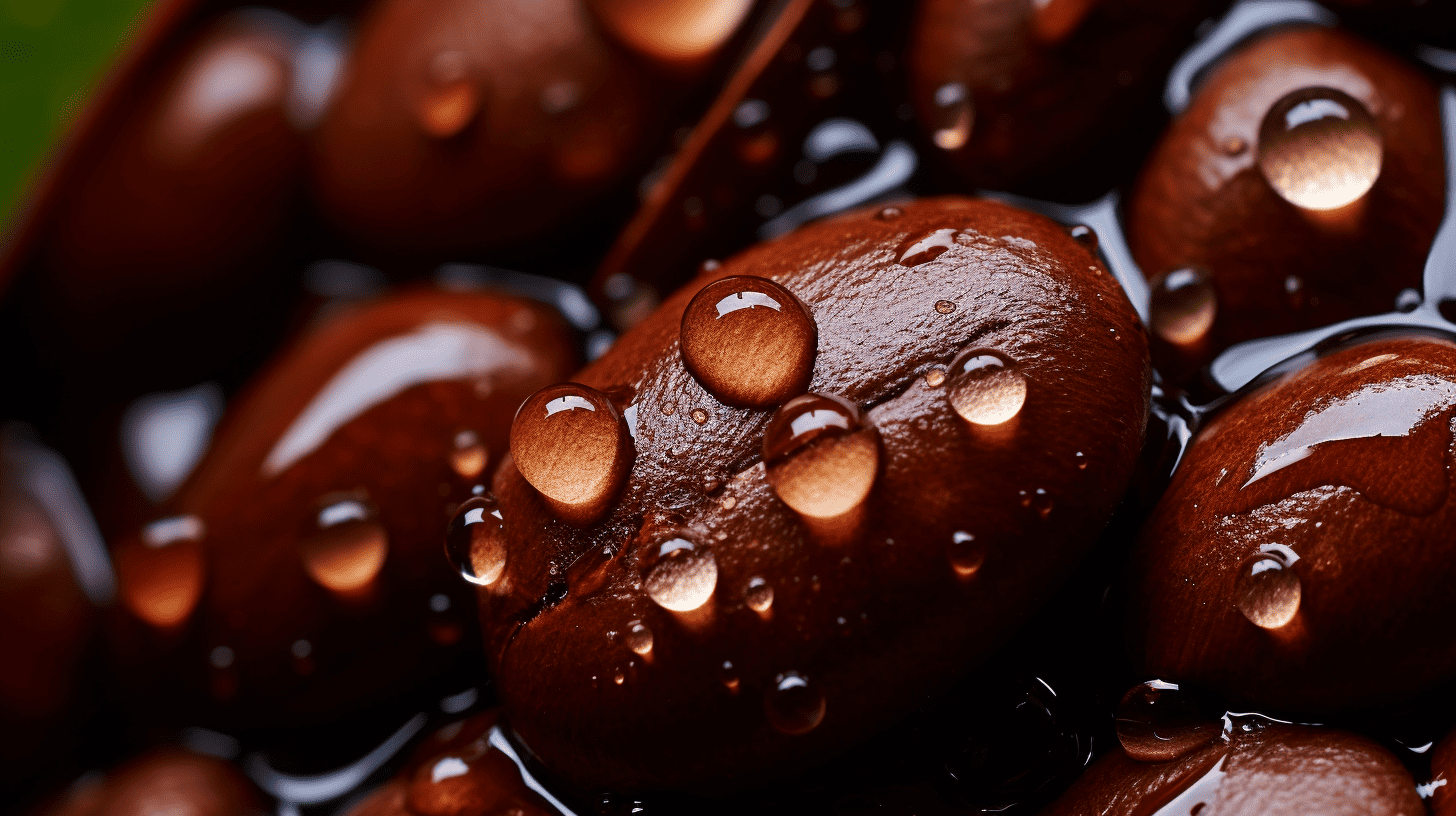Coffee lovers know the importance of having the perfect mug to enjoy their favorite beverage. However, with so many variations in size and shape, it can be confusing to know exactly how much coffee your mug can hold. One common question that arises, is a coffee mug 8 oz?
The answer is not a straightforward yes or no, as coffee mugs come in a variety of sizes. While some standard mugs hold around 8 oz of liquid, others can hold up to 16 oz or more. Understanding the variations in coffee cup and mug sizes can help you choose the perfect vessel for your morning cup of joe. In this article, we’ll explore how to measure your coffee mug capacity, standard coffee mug sizes, and tips for choosing the right size for your needs.
Key Takeaways:
- Coffee mug sizes can vary significantly, and an 8-ounce size is not universal.
- The standard size for a coffee mug in the U.S. is often considered to be 8 ounces, but larger sizes such as 12, 16, or even 20 ounces are also prevalent.
- The size of the mug can impact the strength and flavor of your coffee, as more water may dilute the coffee in larger mugs.
- When following coffee recipes or brewing instructions, it’s essential to know the size of your mug to ensure proper coffee-to-water ratios.
- Specialty coffee drinks, like lattes or cappuccinos, often have their own standard cup sizes which may differ from a standard coffee mug.
- Understanding your personal coffee mug size can help you tailor your coffee brewing to your taste preference.
Understanding Coffee Cup and Mug Variations
You might be surprised to learn just how much variation there is in the size and shape of your daily caffeine vessel. While a standard coffee cup typically holds around 6 ounces, a typical mug can range anywhere from 8 to 16 ounces. Some mugs can even hold up to 20 ounces or more!
But it’s not just the size that varies. Mugs can come in various shapes, from classic cylindrical shapes to more modern, angular designs. Some even have unique features like double walls to keep your coffee hot for longer periods of time. So, to answer the question “is a coffee mug 8 oz?”, the answer is no – it can be any size or shape depending on your preference!
Measuring Your Coffee Mug Capacity
Now that you’re ready to measure the capacity of your favorite morning companion, it’s time to break out the measuring tools and discover just how much fuel it can hold. Measuring the capacity of your coffee mug is important, especially when it comes to portion control. An average coffee mug can hold anywhere from 8 to 12 ounces, but it’s best to measure it yourself to ensure that you’re not over or under-filling it.
You’ll need a measuring cup and water to measure your coffee mug’s capacity. Fill your mug to the brim with water, then pour the water into the measuring cup. This will give you an accurate measurement of how much your mug can hold. It’s important to note that some mugs may have a slightly different capacity due to their shape and size, so it’s best to measure each mug individually. With this information, you can now adjust your coffee-to-water ratio accordingly and enjoy the perfect cup of coffee every time.
Common Coffee Mug Sizes
If you’re curious about the different options out there, it’s worth noting that common sizes for these morning vessels range from small and compact to oversized and hearty. The most common size for a coffee mug is 12 oz, but there are also smaller mugs that hold 8 oz or less. These smaller mugs are perfect for those who prefer a smaller serving size or for those who are watching their caffeine intake.
On the other end of the spectrum, there are larger mugs that can hold up to 20 oz or more. These oversized mugs are great for those who need a jolt of caffeine to start their day or for those who prefer a larger serving size. No matter your preference, there is a coffee mug size out there for everyone.
How to Determine Your Mug’s Capacity
Determining the capacity of your morning vessel can help you choose the perfect amount of your favorite beverage to start your day off right. To determine the capacity of your mug, you can fill it with water and then pour the water into a measuring cup. Make sure to fill the mug all the way to the brim to get an accurate measurement. If you have a mug with a unique shape, you may need to fill it multiple times and add the measurements together to get the total capacity.
Another way to determine your mug’s capacity is to check for markings on the bottom or side of the mug. Many mugs will have the capacity printed somewhere on them, whether it’s in ounces, milliliters, or both. If your mug has no markings and you don’t have a measuring cup, you can estimate its capacity by comparing it to a known size. For example, if your mug is about the same size as a standard 8 oz can of soda, it’s likely that your mug has a capacity of around 8 oz.
Tips for Choosing the Right Coffee Mug Size
As you savor your morning brew, picture yourself holding a mug that fits comfortably in your hand, allowing you to enjoy each sip without feeling overwhelmed by the size. Choosing the right coffee mug size can make a big difference in your daily coffee experience. Here are some tips to help you choose the perfect size for your mug.
First, consider how much coffee you typically drink in one sitting. If you only drink a small amount, a standard 8 oz. mug may be just right for you. However, if you like to sip on your coffee throughout the morning or prefer a larger serving, you may want to opt for a larger mug, such as a 12 oz. or even a 16 oz. size. Additionally, consider the size of your hands and how comfortable you feel holding the mug. A smaller, petite mug may feel more comfortable for those with smaller hands, while a larger, wider mug may be more comfortable for those with larger hands. Ultimately, choosing the right coffee mug size is a personal preference, so take the time to find the perfect one for you.
Conclusion
So, is a coffee mug 8 oz? The answer is no, not necessarily. Coffee mugs come in a variety of sizes and capacities, ranging from 4 oz to 20 oz or more. Understanding the variations in coffee cups and mugs can help you choose the right size for your needs.
Measuring the capacity of your coffee mug is a simple process that can be done with a measuring cup or by filling the mug with water and pouring it into a measuring cup. By knowing the capacity of your mug, you can ensure that you are brewing and serving the right amount of coffee for your cup. With these tips in mind, you can find the perfect coffee mug size for your daily caffeine fix.
FAQ on Is A Coffee Mug 8 Oz?
What is the average weight of a coffee mug?
The weight of a coffee mug can vary greatly depending on the material it is made from and its size. For example, a ceramic mug may weigh more than a plastic or glass one. On average, a standard-sized coffee mug weighs around 12-14 ounces. However, larger mugs, such as those used for lattes or cappuccinos, can weigh up to 16-20 ounces. It is important to note that the weight of a coffee mug does not necessarily determine its capacity, as some mugs may have a thicker or heavier design while still holding the same amount of liquid as a lighter mug.
How long does a coffee mug typically last before needing to be replaced?
Coffee mugs are a common household item used for daily consumption of hot beverages such as coffee, tea, or hot chocolate. The lifespan of a coffee mug depends on various factors such as the material, usage, and maintenance. On average, a ceramic coffee mug can last up to five years with proper care, whereas a glass mug may have a shorter lifespan due to its fragile nature. However, if a mug is dropped or exposed to sudden temperature changes, it may break or develop cracks, leading to its replacement. To ensure the longevity of a coffee mug, it is essential to handle it with care, avoid using abrasive materials for cleaning, and store it in a safe place.
What materials are coffee mugs commonly made from?
Coffee mugs are commonly made from a variety of materials, including ceramic, glass, stainless steel, and even plastic. Ceramic mugs are popular due to their durability and ability to retain heat well, while glass mugs are often chosen for their sleek and elegant appearance. Stainless steel mugs are ideal for travel and outdoor activities due to their durability and resistance to damage. Plastic mugs are often used for their affordability and lightweight, making them a popular choice for those on the go. Ultimately, the material of a coffee mug depends on personal preference and intended use.
Are there any health risks associated with drinking from a coffee mug?
Drinking from a coffee mug may pose certain health risks, particularly if the mug is made from certain materials. For example, ceramic mugs may contain lead or cadmium, which can leach into hot liquids and potentially cause health problems if ingested regularly over time. Additionally, plastic mugs may contain BPA, which has been linked to various health concerns. It is important to choose mugs made from safer materials, such as glass or stainless steel, and to avoid microwaving or dishwashing mugs that may contain harmful chemicals.
How do I properly clean and maintain my coffee mug?
To properly clean and maintain your coffee mug, start by washing it with warm, soapy water after each use and drying it thoroughly. Avoid using abrasive materials or harsh chemicals that can scratch or damage the surface of the mug. If you notice any stains or discoloration, try soaking the mug in a mixture of baking soda and water for a few hours before washing it again. It’s also important to regularly inspect your mug for cracks or chips and replace it if needed. By taking these simple steps, you can ensure that your coffee mug stays clean and in good condition for many uses to come.





Leave a Reply